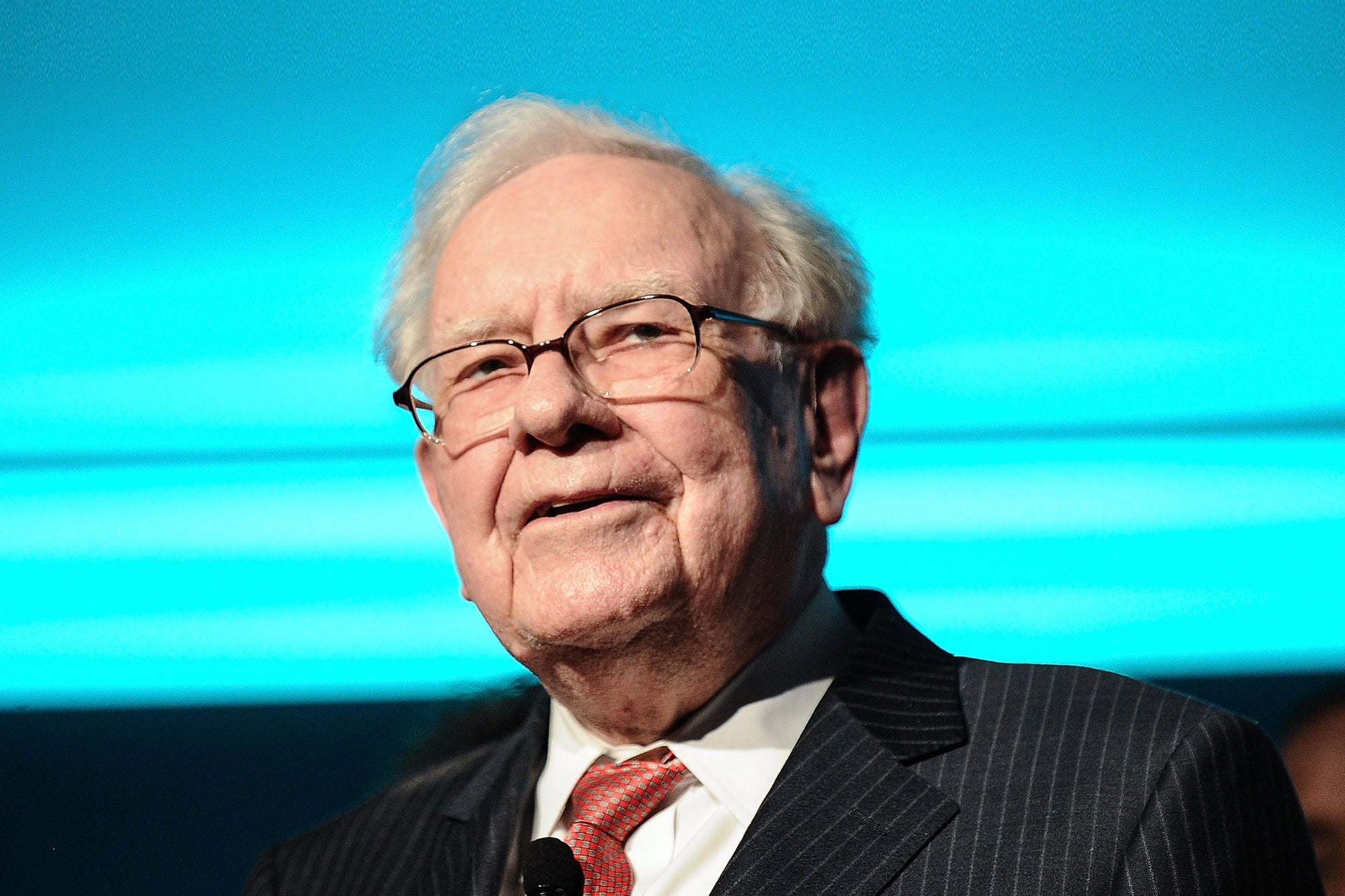What is fascinating about the
wearable technologymarket is how far it will carry the computing industry out of its comfort zone -- and the breakthroughs that are likely to result.
考虑计算设备过去50年s. By and large, they have had the same shape: rectangular. Even with the rounded corners of today's tablets and phones, the aesthetic remains solidly Euclidian.
In the wearables market, however, it won't be enough to crank out rectilinear heart-rate monitors, temperature sensors and GPS receivers crammed into just as boxy designs.
Instead, these devices should be wrapped in fabrics, polymers, precious metals and ceramics whose popularity changes constantly. There should be design for variations of the human form. And fashion designers and retailers should be embraced as early adopters, product evangelists and toughest critics.
Already there's been shift to this fashion-driven thinking, with the arrival of smartwatches, gesture control armbands for gaming and ski goggles with heads-up displays. This explains my company Intel Corp.'s significant investments in wearable-technology companies, including the acquisition last month of Basis Science, the maker of the Basis band for health tracking.
The activity in the wearable technology space is coming from multiple vectors -- consumers, startups, established tech companies, venture capitalists, retailers, fashion designers, and consumer-goods players, but this is just the start. What is coming next will be even more exciting. In fact, four technologies will drive the wearables market far beyond where it is today and make a significant contribution to the quality of our lives.
1. Wireless charging.The array of computing devices in contemporary lives has created an annoying ritual: the quest for an available charging outlet.
Yet no one plugs in their favorite jacket, blouse or shoes; they just put them on and go. So, for wearable technology to really take flight, the activity of providing power must move into the background via wireless charging.
Simply put, a true over-the-airwaves approach is needed. When someone walks into a room, their devices would start charging automatically and without their being removed. Several companies are working on developing this.
2. Bendable displays.No two bodies are alike; sometimes, no two body parts are alike. Thus, wearable products must fit a slim wrist, a wide neck or a short waist.
Bendable displays are a big part of this requirement. Imagine a triathlete with a sleevelike garment that tracks everything from wind speed and water temperature to GPS location and heart rate.
Some progress is being made in manufacturing devices that bend around body parts and a few product developers are working on bendable, bright and energy-efficient displays that meet rigorous standards.
3. More robust sensors.Sensors that can count steps or measure heart rates are helpful. But what if a triathlete could also track blood glucose levels. Imagine if heart-rate data could be captured not just over a three-hour race, but every day for a three-month span?
Stretching the boundaries of what can be sensed and for how long is necessary if wearables are to address the complexity of people's lives and what they really care about.
A lot of experimentation is going on in this area. But there are challenges. How can a sensor read blood characteristics accurately? Must it be worn against the skin like a chest band or can it be held loosely like a bangle bracelet? There is still much work ahead.
4. Big data-style alerts.Envision even more capable sensors capturing even greater amounts of biological and environmental information. The next question is, What can be done with all this data?
Potentially, quite a bit.
Take health-related measurements. Traditionally, a physician's office captures these metrics, either as part of a regular checkup or when someone feels ill.
But if greater amounts and more sophisticated types of data from wearable devices could be stored, could people be made healthier proactively? Could my heart rate, blood pressure and other measurements be captured over time, with big data-style analytics applied to detect negative and positive trends, and then could I be alerted so I could change my habits and improve my chances of living longer?
Definitive answers are not yet known to these questions but evidence suggests the answer may be "yes." If so, what might seem like a fun and fashionable device could end up being a life-changing device for consumers of all types.
Old habits and new partners. In many ways, the technology side of the wearables market simply requires what the technology industry does best: miniaturizing, integrating and innovating. In other words, we've seen this movie before, albeit not in leopard print.
What is different today is that tech people no longer call all the shots in acceptable design. A box on a desk is one thing; a boxy design on a body is another.
Going forward, engineering feedback loops will include fashion designers and boutique retailers. The toughest critics will range from professional athletes to teen video bloggers. The tech industry will be pushed to consider the vanity of a market whose first question is almost always "Does this look good on me?"
Yet these expectations will spur some of the greatest innovations to change people's lives for the better -- and set the stage for a market far greater in size, scope and profitability.











